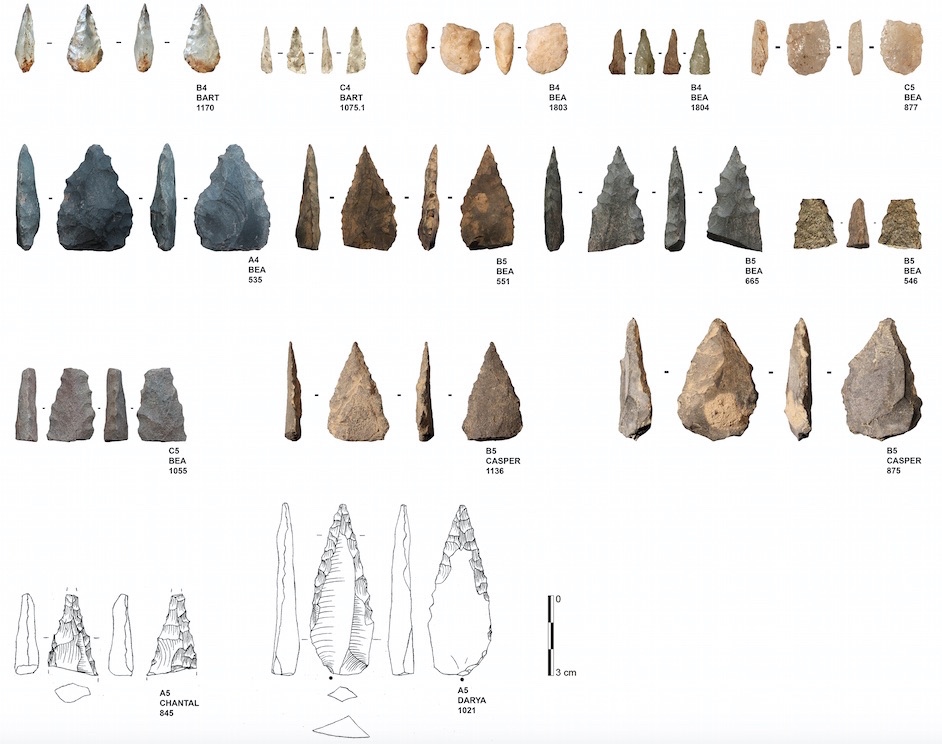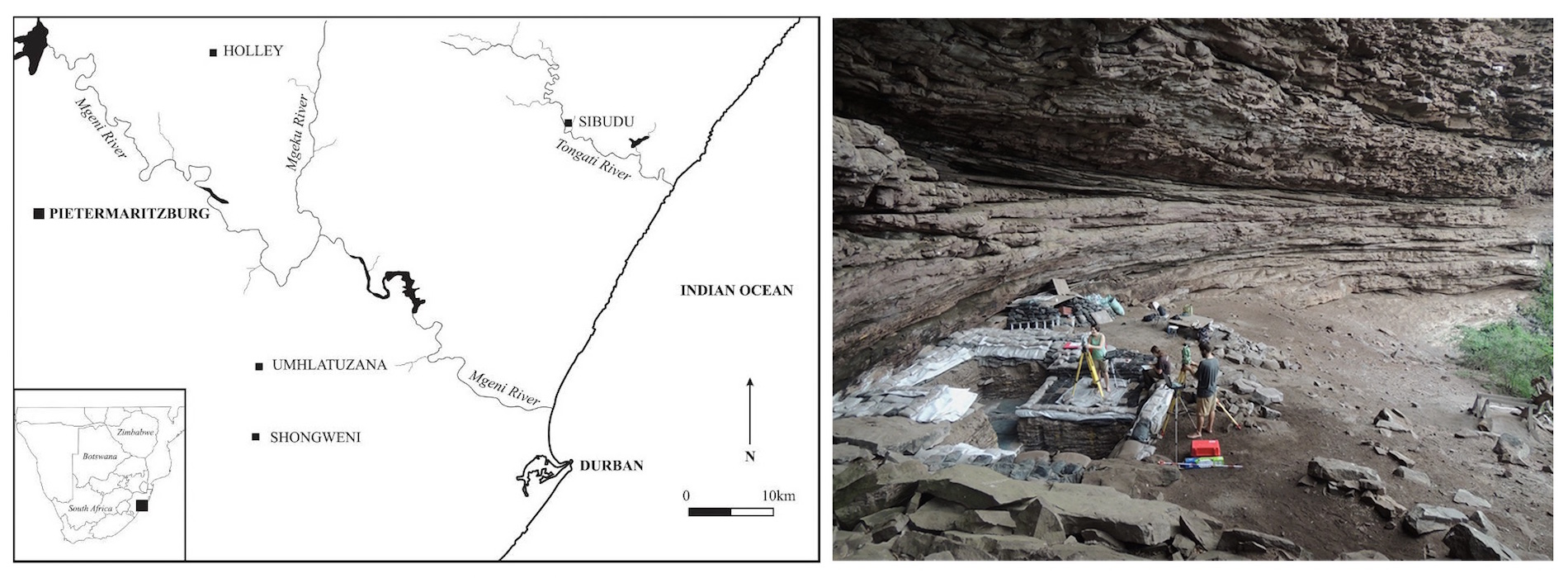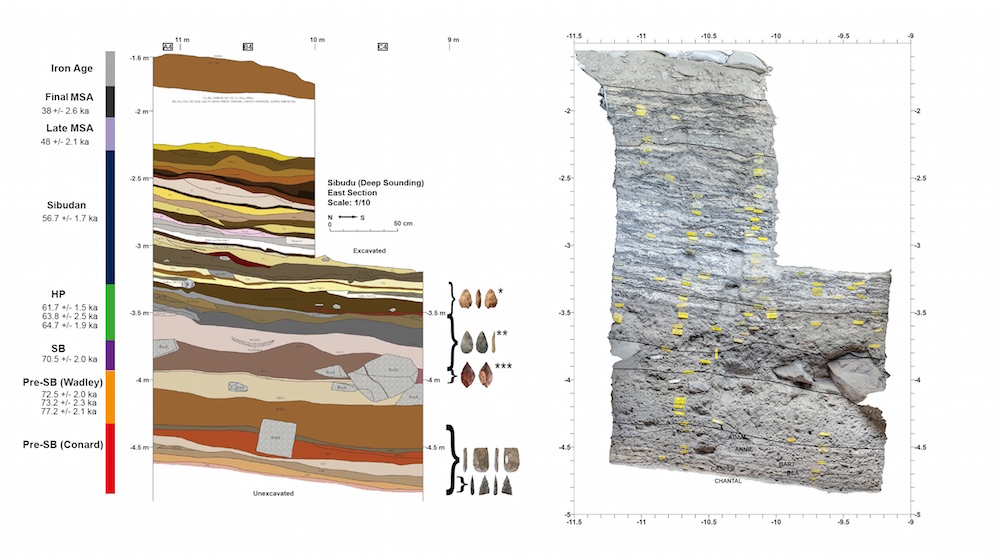Humans Mastered Advanced Weapon-Making Technique 77,000 Years Ago

The discovery of 25 dangerously pointy stone weapons in a South African cave shows that humans mastered a complex weapon-creating technique during the Stone Age, some 77,000 years ago, according to a new study.
The discovery is the earliest evidence on record of a technique known as "pressure flaking," the researchers said. The technique is performed by using a pointed bone tool to remove small flakes of rock from a sharpened stone, the scientists said.
In contrast with other stone-flaking techniques, pressure flaking gives people more control over how to fashion and refine the sharp edges of a weapon, said study lead researcher Veerle Rots, a research professor at the Fund for Scientific Research at the University of Liège in Belgium. [In Photos: The Clovis Culture & Stone Tools]
Researchers unearthed the stone weapons in 2013 and 2014 in Sibudu, a cave located about 9 miles (15 kilometers) from South Africa's coast on the Indian Ocean. The weapons date to the Middle Stone Age in South Africa (a period starting about 300,000 years ago), a time known for its technological advancements, the researchers said. During this period, hunter-gatherer groups began using manipulative methods, such as heat and pressure, to produce stone weapons.

The research team noted that archaeologists have found evidence of pressure flaking elsewhere. For instance, 75,000-year-old stone weapons manufactured with pressure flaking were found in Blombos Cave in South Africa. In Europe, pressure flaking is much younger, about 25,000 to 20,000 years old, Rots said.
However, it's anyone's guess exactly when and where these techniques were developed, the researchers said. The recent findings help scientists get closer to that answer, they said.
Weapon analysis
After finding the weapons, the researchers analyzed them in different ways, including by looking at their organic residues and wear and tear, as well as by experimentally reproducing them.
Sign up for the Live Science daily newsletter now
Get the world’s most fascinating discoveries delivered straight to your inbox.
A handful of the weapons had two faces, which were likely produced by applying pressure to both sides of the stone, the researchers said. In some cases, these bifacial stones were attached to wooden shafts with a sticky resin, possibly to transform the stone points into weapons that could be thrown from a distance, such as on a spear or an arrow, the researchers said.

Of the 25 stone weapons uncovered in the cave, 14 had evidence of impact-related damage, animal residues, and wear and tear, indicating that these stones were used for hunting, Rots added.
Some of the organic residues were more than 77,000 years old and had "evidence of glue, animal residues, including blood and bone fragments, [and] plant residues, including fibers," Rots said.
In all, the discovery is evidence that "specialized hunting technology was used in South Africa before 77,000 years ago," Rots told Live Science in an email.
The study was published online today (April 26) in the journal PLOS ONE.
Original article on Live Science.

Laura is the archaeology and Life's Little Mysteries editor at Live Science. She also reports on general science, including paleontology. Her work has appeared in The New York Times, Scholastic, Popular Science and Spectrum, a site on autism research. She has won multiple awards from the Society of Professional Journalists and the Washington Newspaper Publishers Association for her reporting at a weekly newspaper near Seattle. Laura holds a bachelor's degree in English literature and psychology from Washington University in St. Louis and a master's degree in science writing from NYU.









